TRANQUEBAR PRESS
An imprint of westland ltd
61 Silverline Building, Alapakkam Main Road, Maduravoyal, Chennai 600095 No. 38/10 (New No.5), Raghava Nagar, New Timber Yard Layout, Bangalore 560 026
93, First Floor, Sham Lal Road, Daryaganj, New Delhi 110002
First published by Vikas Publications 1984
This revised edition published in TRANQUBEAR by westland ltd 2013
First e-book edition: 2013
Copyright Sunanda K. Datta-Ray 2013
All rights reserved
ISBN: 978-93-83260-38-6
Typeset by FourWords Inc.
This book is sold subject to the condition that it shall not by way of trade or otherwise, be lent, resold, hired out, circulated, and no reproduction in any form, in whole or in part (except for brief quotations in critical articles or reviews) may be made without written permission of the publishers.
In memory of
J UNGKHYANG
Who believed to the end
CONTENTS
I NTRODUCTION
Many readers assumed this book was banned as soon as it appeared in 1984. Even NDTVs anchor said so when introducing me in The Big Fight programme. Given the title, which quotes the twelfth Chogyal of Sikkim, Palden Thondup Namgyal, the conclusion was not unexpected. It was strengthened when Smash and Grab: Annexation of Sikkim disappeared from view just as its revelations were beginning to attract attention.
A ban would have been clumsy. As it happened, Gurbachan Singh, the last political officer in Gangtok and Sikkims de facto overlord, filed a defamation suit against me demanding enormous damages. Normally, defamation has to be proved before the courts take any action. Proving can take months, even years. In my case, the Delhi High Court issued an order at the first hearing, forbidding sale of the book until the case had been settled. A contempt charge was piled on that when Gurbachan Singh produced a cash memo from a shop in some small town which had sold a copy. The matter was resolved only when the eminent jurist, Soli Sorabjee, representing me in a generous act of friendship, persuaded the prosecuting lawyers to accept an out-of-court settlement entailing an apology (Appendix A) but no money. The sales ban was lifted but the publisher claimed he had no copies left to sell. He wasnt interested in reprinting either.
Neat, you might say. What J.N. (Mani) Dixit, the former head of Indias foreign office who died suddenly in 2005 soon after Manmohan Singh appointed him national security adviser, told me much later made it seem neater still. South Block was very worried about what you might come out with, he said one day over lunch in his bungalow in Gurgaon. The defamation suit was a godsend! Apparently, Gurbachan Singhs colleagues in the external affairs ministry and the prime ministers office, both housed in South Block, had made a point of playing on his wounded vanity. Whether they did or not, the suit was as effective as a ban without laying the government open to the charge of censorship. South Block was even more relieved when the matter was settled out of court. That averted an embarrassing public discussion of actions that were legally and morally questionable.
Dixit was one of the few in the know. Among those to be taken in by official propaganda was Daniel Patrick Moynihan, the American ambassador who cultivated a viceregal presence. His Wikileaks Cable1973NEWDE04127_b exonerated New Delhi of stirring up trouble or contemplating annexation. Indians will probably prefer to preserve the existing treaty relationship, he wrote on 10 April 1973, in response to State Department inquiries. Two days later, Moynihan approvingly cited (Cable 1973NEWDE04291_b) the report of an experienced American official now posted in Europe who was vacationing in Sikkim during the current unrest.
The official believes that the demonstrations by the Nepalese-Sikkimese majority against the Chogyals regime, which favoured the indigenous minority, were spontaneous, appeared to be non-violent, (and) were not induced by the Indian government India does not plan to incorporate Sikkim within India.
Indian officials who took pride in planning and executing the operation would have split their sides laughing. They cant be ignored because just as my last book, Looking East to Look West: Lee Kuan Yews Mission India , highlighted the most constructive aspect of Indian diplomacy, Smash and Grab is the only account of the militarism, deceit and betrayal that policymakers are also capable of. Happily, that dark side of Indias Asian strategy has not been repeated. But the reminder may still be necessary.
Despite the courtroom drama, writing the book was relatively uncomplicated compared to the reporting that preceded it. Since I had some knowledge of the Himalayan region, N.J. Nanporia, my editor at The Statesman , asked me to go up to Gangtok when the disturbances broke out in April 1973. He also advised caution. That Chogyal fellow has money here, you know! Nanporia added, tapping his desk. He was never into social niceties unlike the papers managing director, C.R. Irani, with whom he had an uneasy relationship. Irani had asked the Chogyal for a loan. Canny in small things, the Chogyal examined the papers accounts and decided against risking his own money. Instead, he instructed the State Bank of Sikkim to provide the funds. The bank advanced

300,000 but refused when Irani wanted more.
The tension between Irani and Nanporia was a much greater nuisance than any expectations the Chogyal might have entertained for bailing The Statesman out of its perennial financial crises. With his strong Swatantra Party loyalties, Irani projected himself as the lone crusader battling Indira Gandhis pro-Soviet dictatorship. Sikkim was another stick with which to beat her. He was also gratified to hob-nob with royalty, especially the Chogyals grander relatives in Bhutan. Queen Kesang Wangchuck, wife of the third Druk gyalpo, King Jigme Dorje Wangchuck, was the Chogyals first cousin. The connection gave Irani a social edge over his cousin, Nani A. Palkhivala, who had plucked him out of an obscure insurance company and made him managing director of The Statesman even without any experience of newspapers.
Irani badgered me to expose Indira Gandhi. Nanporia urged prudence. My reports in The Statesman and The Observer in London (I was the papers South Asia correspondent) must have reflected these conflicting directives, for The Observer placed no constraints on what I wrote. Readers who noticed inconsistencies blamed Indian censorship. At that stage the pressures emanated mainly from the tussle in Statesman House.
That doesnt mean there was no official obstruction. As described in the book, the Indian military once blocked a tunnel so that I couldnt reach Gangtok in time to see the Sikkim legislatures Indian presiding officer coerce timid Sikkimese legislators into signing their countrys death warrant. There was a sequel. A buzz in the newspaper world soon afterwards gloated that the external affairs ministry had given the lie to a story in The Observer claiming I was prevented from leaving the country and from filing my report on Sikkim. Katyayani Shankar Bajpai, Gurbachan Singhs predecessor as PO, from whom I sought an explanation, said, Ask your friend Karma! He meant Karma Topden, the Chogyals former deputy secretary (also intelligence chief and chief of protocol), who then represented Sikkim in Calcutta. He later became a member of the Rajya Sabha and Indias ambassador to Mongolia.




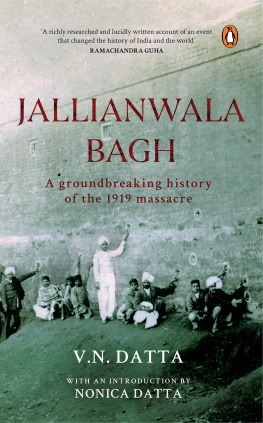
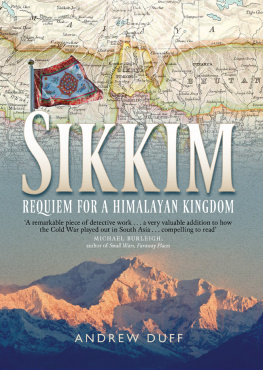
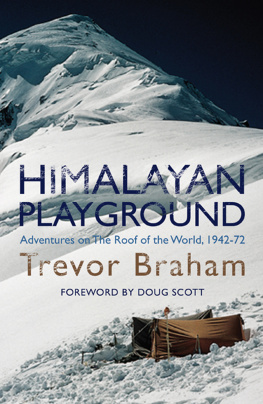

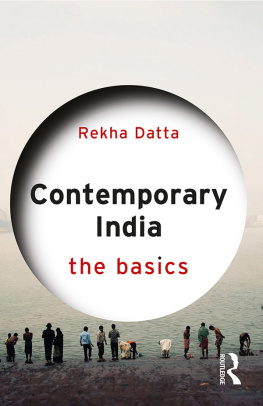
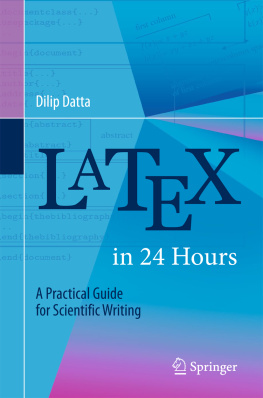

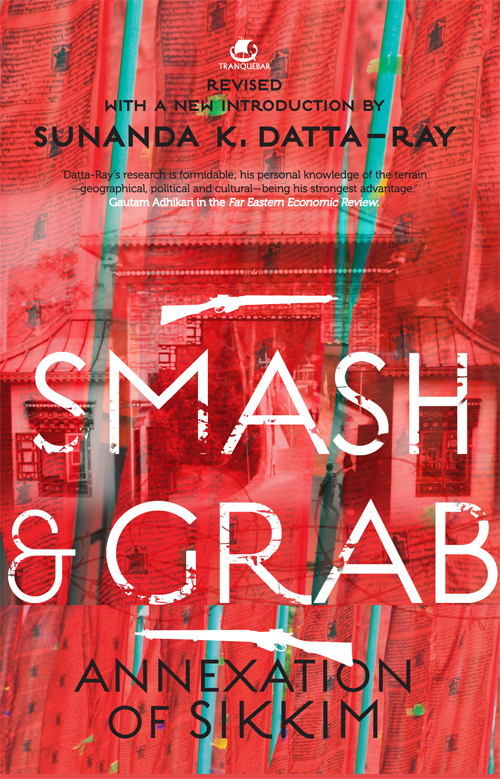

 300,000 but refused when Irani wanted more.
300,000 but refused when Irani wanted more.